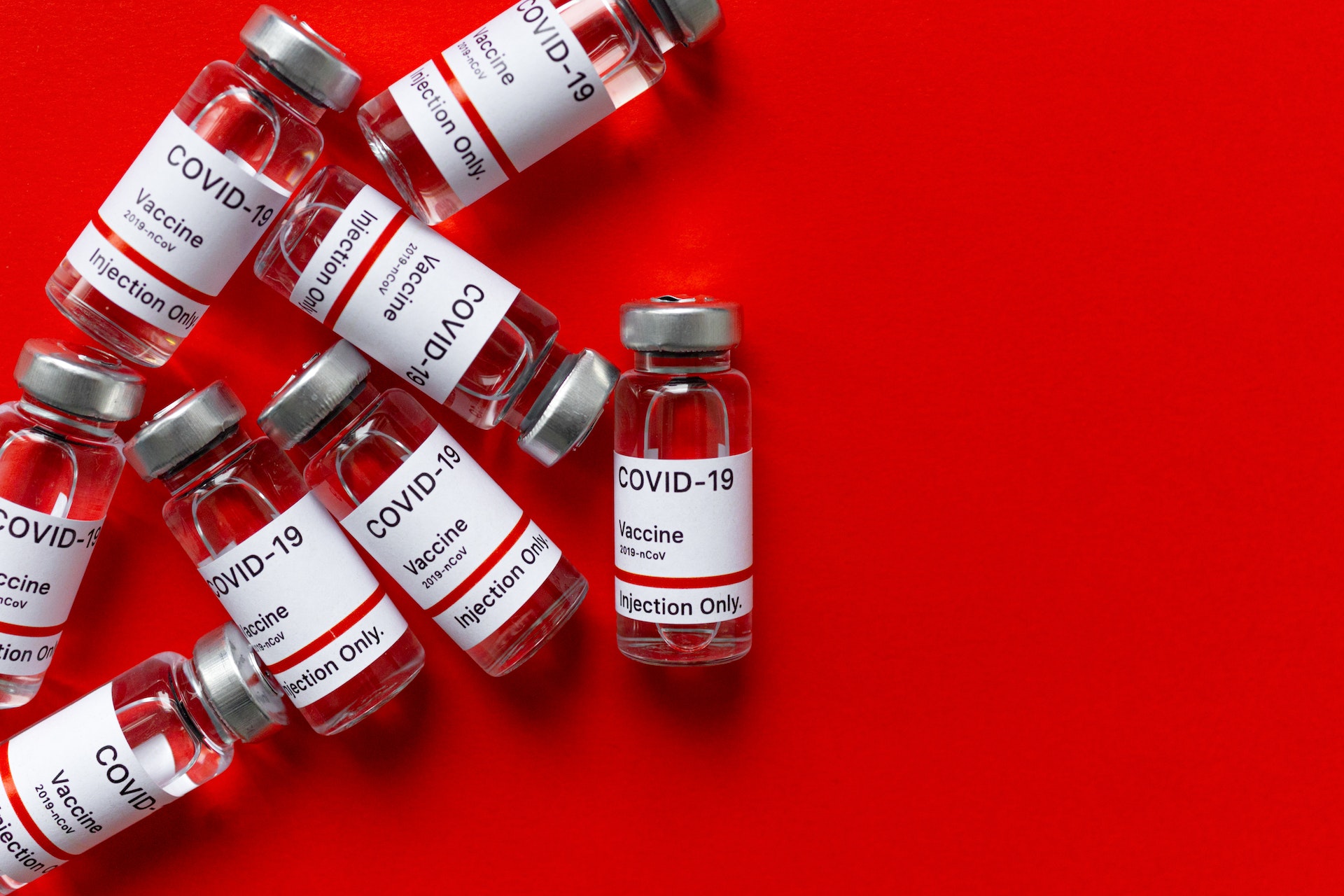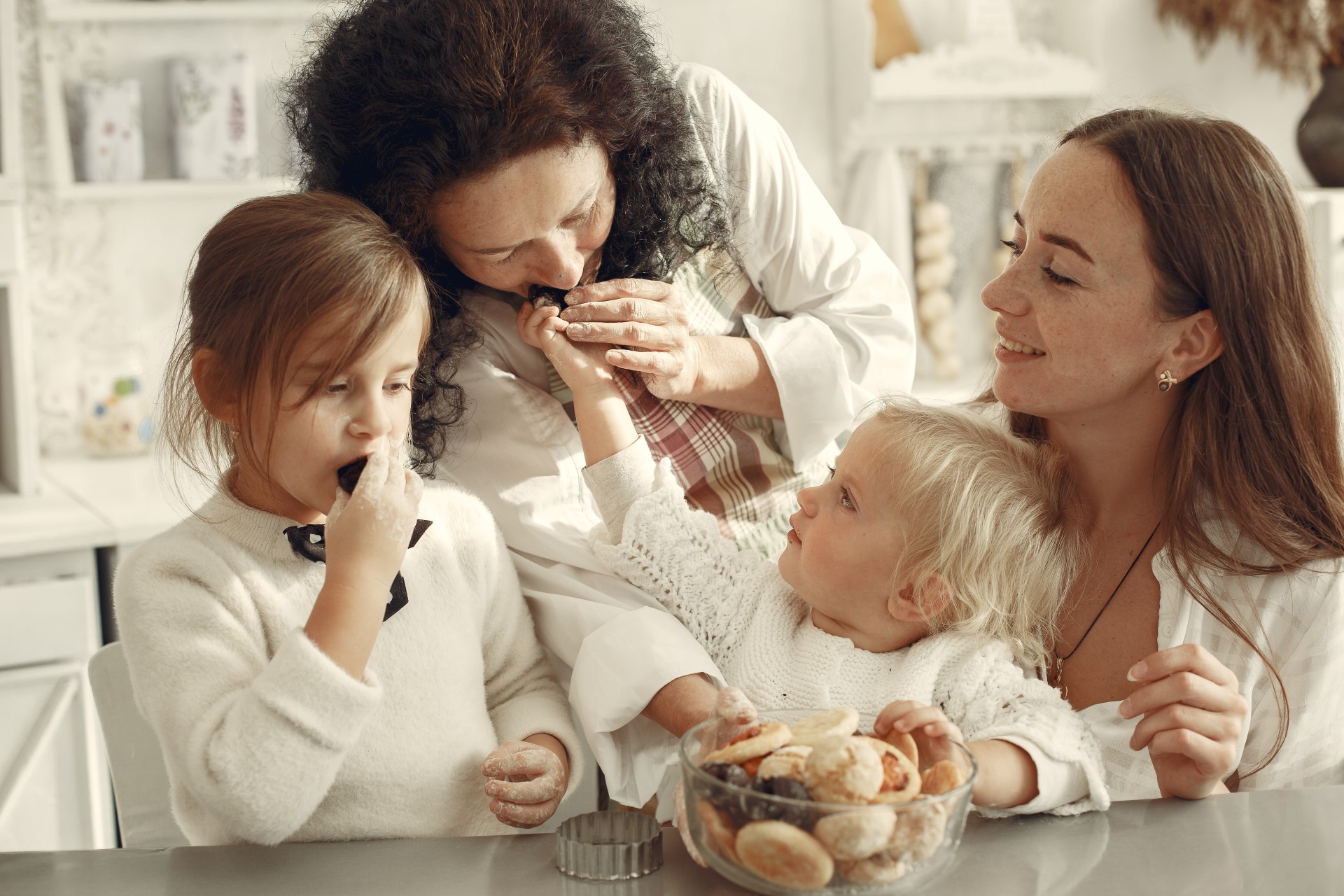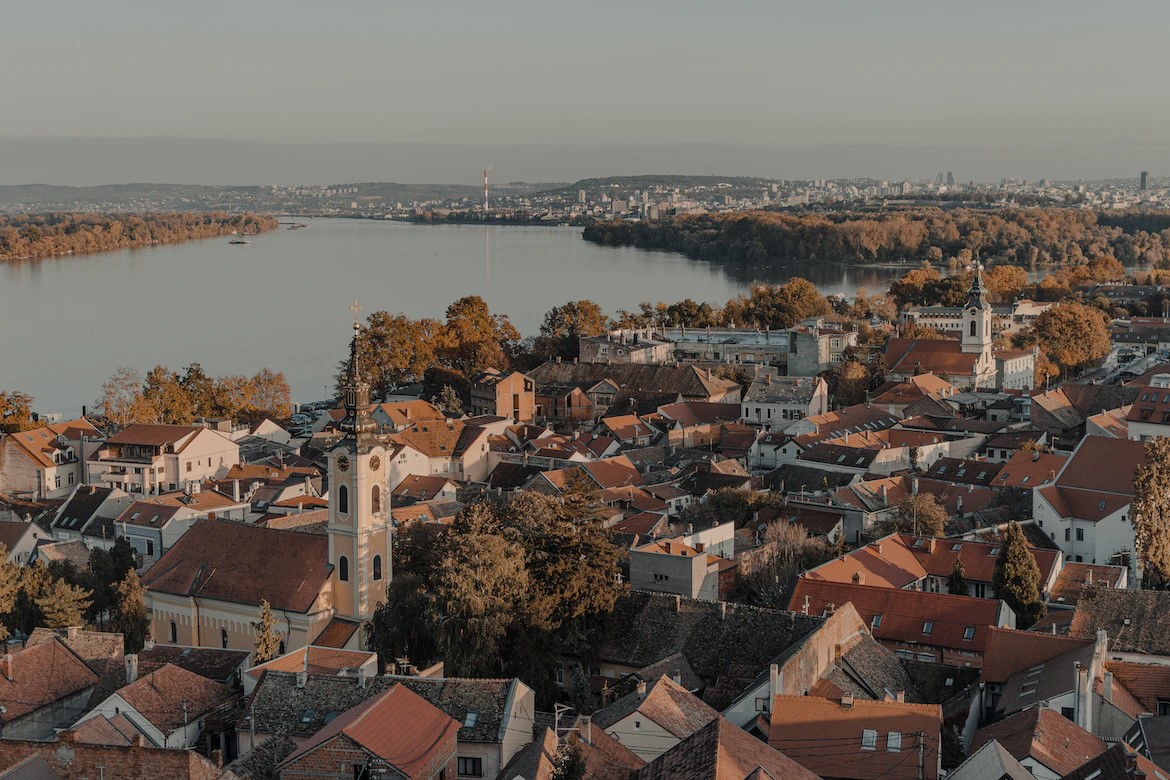It is a question being asked across Europe: what is the legacy of the COVID-19 pandemic? The first answer, of course, is millions of deaths and countless cases of illness. But while the SARS-CoV-2 virus continues to circulate, immunisation experts are reflecting on how the experience will shape the future of vaccination programmes.
In Serbia, the pandemic took its toll, but left the country with important lessons on how to deliver vaccines and new opportunities to expand its vaccination calendar. It also reintroduced immunisation to a generation who may not have received a vaccine since primary school age.
Key points
- Before COVID struck, Serbia aimed to expand HPV and flu vaccination
- Serbia’s COVID-19 vaccination programme started well, despite some hesitancy
- Uptake was strong in vulnerable groups but the country had a vaccine surplus
- People from neighbouring countries travelled to Serbia for vaccination
- The country has expanded manufacturing capacity ‒ a positive legacy of a difficult time
Serbia has a long history of childhood vaccination but, like many of its neighbours, has seen its share of misinformation and anti-vaccine rumours. One of its finest sporting exports made headlines during the pandemic for his antipathy towards vaccines. This added to concerns that the country’s COVID-19 vaccine programme would face opposition from the beginning.

However, Serbia began its campaign swiftly, rolling out vaccines in December 2020. In the first half of 2021, it was among the top performing countries in the European region in terms of vaccine uptake. The country had vaccine supplies from manufacturers around the world, including China, Russia, the US and Europe. Vulnerable adults queued up to avail of a largely well-run mass vaccination effort.
Alas, it did not last. Younger cohorts of adults were much less likely to be vaccinated, leaving national uptake at around 47% for the initial course of vaccines. ‘Serbia was one of the first to get vaccines and uptake was pretty high,’ says Dr Dragoslav Popović, a public health consultant with decades of experience in Unicef, the World Bank and USAID. ‘As soon as we vaccinated everyone who was concerned about their health and we started to reach those who were hesitant, progress slowed down until it stopped.’
Serbia took a radical course of action: offering in-demand jabs to people in neighbouring countries. They came from Bosnia and Herzegovina, Montenegro, North Macedonia ‒ even Italy and Russia. The offer of free vaccines ended as supplies ran down, but the initiative reflected the belief that protecting one’s neighbours is mutually beneficial.

Today, as Serbs await news on whether omicron booster vaccines will be introduced in their country, attention is turning back towards routine immunisation. ‘In early 2020, before the lockdown, the government introduced a new vaccination programme which expanded flu and pneumococcal vaccination for older people,’ says Dr Popović. ‘More recently, we have introduced HPV for boys and girls, and relaunched vaccination for older people. This takes us closer to the concept of life-course immunisation’.
It’s a pattern seen across Europe, including the Balkans. ‘I see the life-course approach as a strong trend in the region,’ Dr Popović says. ‘Serbia is now offering more or less the same course of vaccines as other countries. We’ve never been closer to a European immunisation calendar and we need to build on this.’
He is optimistic that older people’s experience with COVID-19 vaccines may have a positive impact on their trust in flu and pneumococcal vaccines. ‘My major concern right now is uptake of HPV and low rates of vaccination against measles and polio,’ he says. ‘For some paediatric vaccines, coverage is below 80% which is a cause of alarm.’
Lingering hesitancy
A key problem is that vaccine hesitancy in younger adults, many of whom are becoming parents, may be weighing on the infant immunisation rates. ‘The reasons behind hesitancy in Serbia are the same as everywhere else: no fear of disease, misinformation about vaccine safety, a perception that vaccines are not needed, and an unwillingness to sacrifice 30 minutes of your time to get a shot.’
On the plus side, Dr Popović hopes parents who were wary of vaccines against COVID-19 will show greater confidence in more familiar paediatric vaccines. ‘There are still high levels of trust in paediatricians, but we cannot be complacent,’ he says. ‘Young people need more information and answers to their questions and concerns so that they will engage public health systems.’

The challenges of engaging with the public is somewhat complicated by external factors, including conflict in the Middle East and Ukraine. Serbia, like others across Europe, is also responding to changing migration patterns which require a response from immunisation programmes.
Dr Popović, who has deep expertise in humanitarian aid and migrant health, says information campaigns in Serbian migration centres are generally effective. ‘If you offer vaccines, most people arriving in a country will accept them. Some people are travelling from countries without strong vaccination programmes, so it is important to have nurses available to have discussions on children’s health.’
Post-pandemic production power
The pandemic also saw a resurgence in local production of vaccines ‒ a throwback to an era when the population had high levels of trust and national pride in Serbian-made vaccines. ‘This is returning slowly with BCG, tetanus and seasonal influenza vaccine, and Serbia is participating in the WHO-led technology transfer process for mRNA vaccines,’ explains Dr Popović. ‘This gives us hope for greater interest in science and biotech in Serbia. The pandemic has taught us all that we need manufacturing capacity and expertise.’
The Balkan region has come a long way in a short time. From a post-conflict period in the 1990s during which some countries relied on Unicef of Gavi for vaccines, to a more advanced health system and economic outlook.
Today, access to vaccines is not the main issue: the challenge is to overcome lingering hesitancy and build a vaccine delivery system capable of providing immunisation services to people of all ages. If it can harness the early successes of its COVID vaccine drive and address the needs of adults, Serbia may find a silver lining in the clouds of the COVID pandemic.




